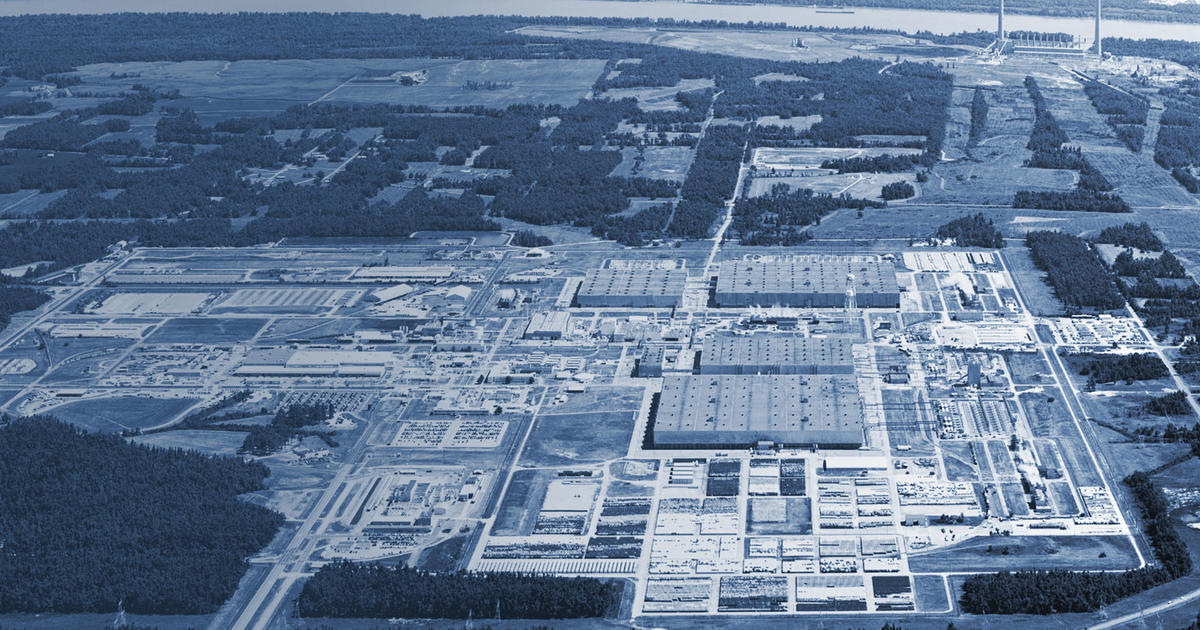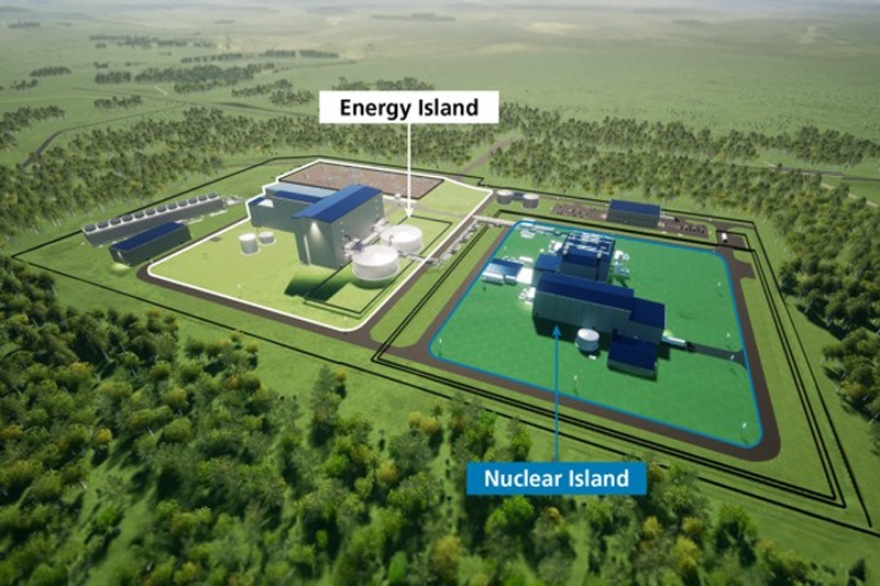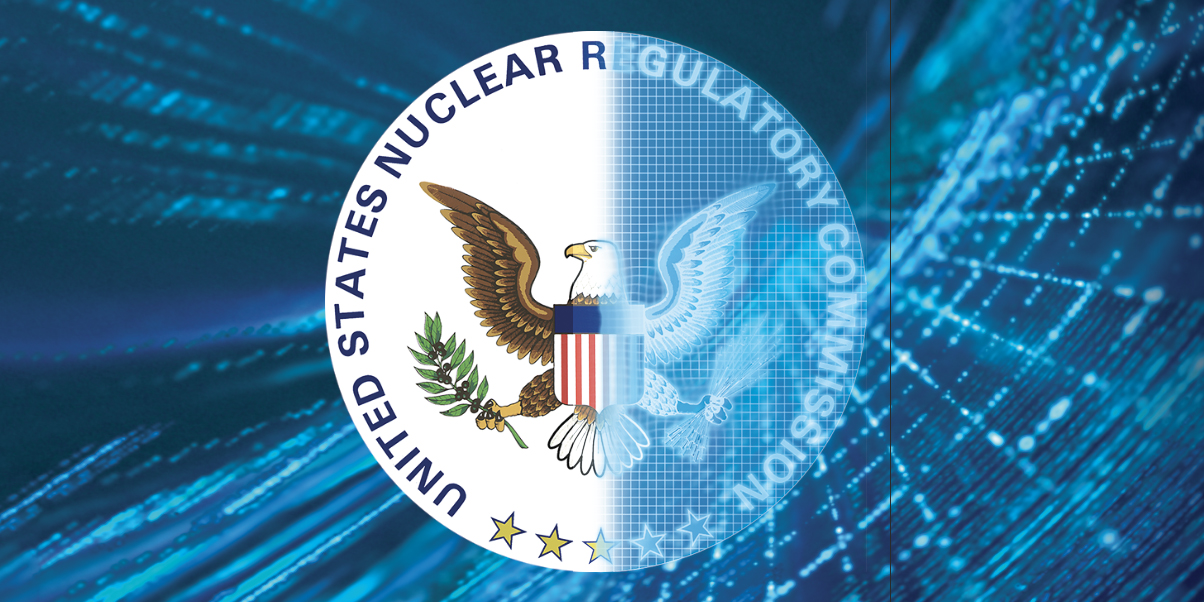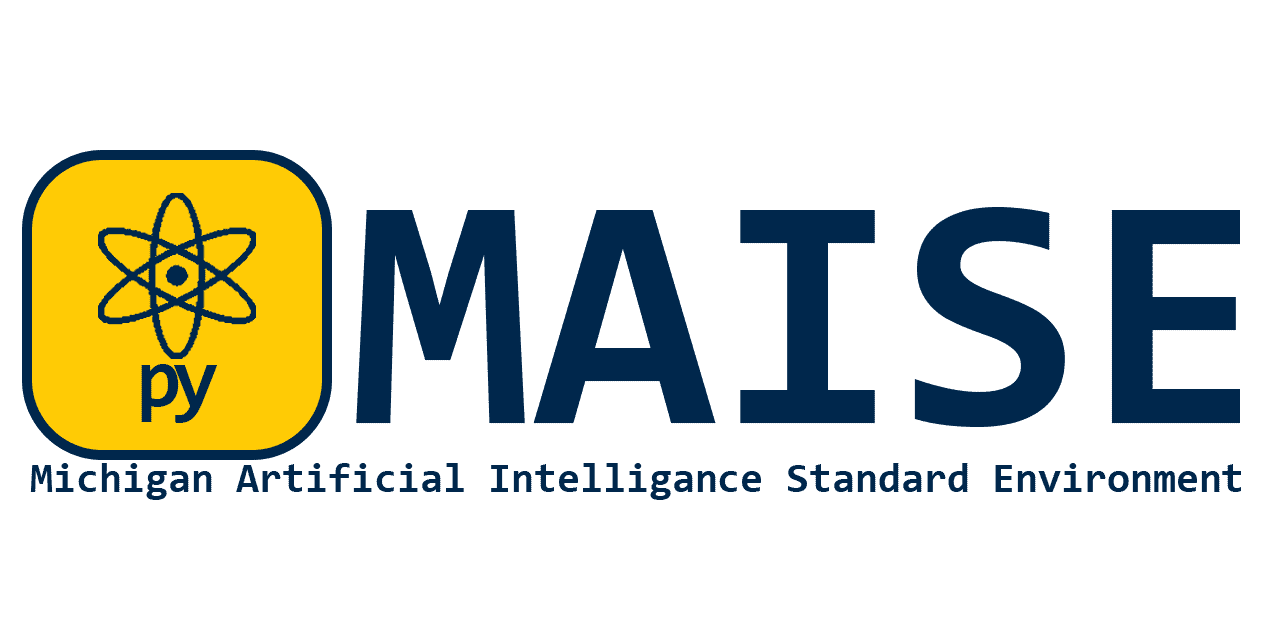A Disa HPSA test unit used in a study in the Navajo Nation. (Photo: Disa Technologies)
The Nuclear Regulatory Commission has approved a license application submitted by Disa Technologies to use high-pressure slurry ablation (HPSA) technology for remediating abandoned uranium mine waste at inactive mining sites.
GLE’s PLEF would be sited next to the DOE’s Paducah plant, which stopped operating in 2013. (Photo: DOE)
As part of its environmental review of Global Laser Enrichment’s planned Paducah Laser Enrichment Facility (PLEF) in Kentucky, the Nuclear Regulatory Commission announced it will conduct a scoping process ahead of preparing an environmental impact statement for GLE’s license application. Announced in the September 5 Federal Register, the NRC is seeking written comments on the scope of the EIS until October 6.
ORNL leadership gathered at the Nuclear Opportunities Workshop in Knoxville, with Trey Lauderdale, CEO of Atomic Canyon. From left: Joe Hoagland, Director of Special Initiatives; Susan Hubbard, Deputy for Science and Technology; Stephen Streiffer, ORNL Director; Lauderdale; Gina Tourassi, Associate Laboratory Director for Computing and Computational Sciences; and Mickey Wade, Associate Laboratory Director for Fusion and Fission Energy and Science. (Photo: Carlos Jones/ORNL)
The United States has tight new deadlines—18 months, max—for licensing commercial reactor designs. The Department of Energy is marshaling the nuclear expertise and high-performance computing assets of its national laboratories, in partnership with private tech companies, to develop generative AI tools and large-scale simulations that could help get nuclear reactor designs through the Nuclear Regulatory Commission’s licensing process—or the DOE’s own reactor pilot program. “Accelerate” and “streamline” are the verbs of choice in recent announcements from Oak Ridge National Laboratory and Idaho National Laboratory, as they describe plans with Atomic Canyon, Microsoft, and Amazon.
An image of the energy island and the nuclear island of a Natrium reactor. (Image: TerraPower)
The Nuclear Regulatory Commission staff has concluded—with an assist from a Department of Energy environmental assessment released in February—that no environmental impact statement is needed for an exemption request from TerraPower that would allow the company to begin construction of the energy island of its planned Natrium sodium fast reactor in Kemmerer, Wyo. The NRC’s EA and finding of no significant impact (EA/FONSI), published on May 7, could clear the way for significant construction to begin while the NRC continues to review TerraPower’s construction permit application.
A Disa HPSA test unit used in a study in the Navajo Nation. (Photo: Disa Technologies)
The Nuclear Regulatory Commission has received a license application from Disa Technologies to use high-pressure slurry ablation (HPSA) technology for remediating abandoned uranium mine waste at inactive mining sites. Disa’s headquarters in are Casper, Wyo.
The Diablo Canyon ISFSI cask loading team from Holtec, PG&E, and Diablo Canyon. (Photo: Holtec)
Holtec International announced that it has completed the campaign to transfer Diablo Canyon’s spent nuclear to dry storage ahead of its planned schedule, paving the way for the continued operation of the central California nuclear power plant.












